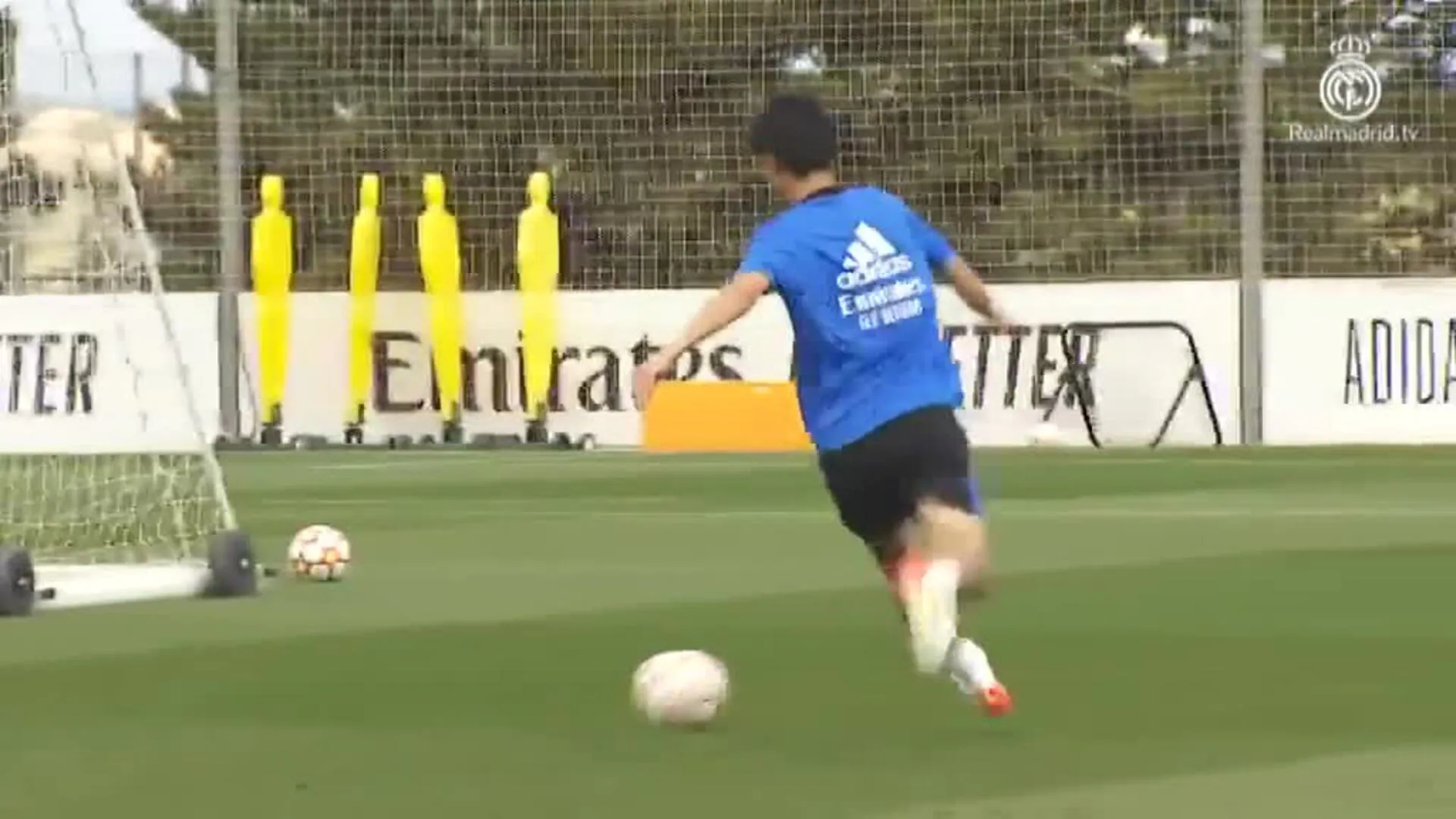The excessive increase in the price of fertilizers generates a decrease in the planting area in the valleys of the region and, in the medium term, a lower production for the domestic and international markets. farmers
The most affected crop will be rice. According to the president of the Board of Users of the Middle and Lower Piura, Macario Silva, 30% of the projected area of the cereal has not been planted.
“We had projected 10,000 hectares, but we are planting 7,000 in our valley. There are no credits and the family basket has risen, it really is a very critical moment that the agricultural sector is experiencing”asserted the leader.
Everything is related to the increase of more than 100% of the urea and 50% of the sulfates used to fertilize the crops in the field.
“The bag of urea is S/230.00 and the sulfate is S/123.00. Before, urea was S/85.00 and sulfate S/39.00. Farmers are having very difficult times because they have stopped planting rice”he added.
less kilos
According to the former leader of the Sechura Users Board, José Pingo, with less urea available to fertilize the land, less production will be obtained.
“Less has been planted and less has been fertilized. That means that we are going to have a lower yield because some farmers have only given one fertilization and others half. From one hectare of rice, 8,000 kilos were obtained, but now hopefully we will reach 5,000 kilos”he adds.
Other costs
The former leader recalls that it is not only the price of the fertilizer but of the entire cost structure.
“It’s not just the fertilizer, but the cost of production. The family basket has gone up, wages, agrochemicals and also the development bank does not work “says Pingo.
The farmer specifies that an average of seven bags of urea are used for one hectare of rice.
“The cost of production has risen 40%. That’s our problem.” affirms the former leader of Sechura.
more poverty
In the Alto Piura valley, things are not much different for farmers.
“In Alto Piura we have planted 6,000 hectares of rice, but we are giving it poor irrigation due to problems with the canals. The other problem is that we are juggling to fertilize the crops, trying to replace some products”maintains the former president of the Users Board, Teddy Ubillús.
He explains that many farmers are replacing urea with ammonium sulfate, which has much less nitrogen, and others use 50% of the dose.
“They are trying to comply, but I think the consequences will be in July when we harvest the rice, since there will not be enough production. I calculate that production will drop by 50% and that will generate much more poverty”, dice.
In his opinion, the farmers will be indebted because they will not get the necessary production that they must sell to compensate for the cost of production.
“Production costs are above S/10,000 per hectare. The normal production is 8,000 kilos. Assuming that this level is reached with a price of S/1.25, we are talking about less than S/10,000 for the sale of the product. So we are going to have losses and the farmer is going to be in debt”he explained.
Ubillús adds that in the case of banana, lemon and cocoa producers, the impact of the fertilizer crisis could be less compared to rice.
“In these crops you will feel less [el impacto] because we are applying organic fertilizers that we mix with a bag of urea and four bags of ammonium sulfate. This is different from rice that has 20 bags of urea”, Held.
Import
On the subject, the Vice Minister of Development of Family Agriculture and Agricultural Infrastructure and Irrigation, Rómulo Antúnez, reported that they have four measures to face the fertilizer crisis in the country.
The first is to increase the delivery of island guano from 20,000 MT to 100,000 MT; The second is to subsidize the importation of fertilizers from countries from which there was no way to buy them, such as Venezuela, Bolivia, Russia and China.
“Last night we received information from Bolivia about the possibility of selling us 25,000 tons of urea per month and from Venezuela about 700 MT per month. Once we manage to manage the market and the price drops, we can deliver the grants. There is already a fund of 700 million for it”said the deputy minister.
He explains that they will only make the subsidies when they manage to lower the price of the input.
“The cost is very high and making subsidies at this time would benefit the warehouses that have stock in the country. The urea bag that is at S/250 could go up more because speculation and monopolies are controlling prices”he claimed.
The fourth measure is a fertilizer plant in the region.
Data
- The mango harvest begins in mid-November.
- Fertilizers are applied strongly in the months of April, May and June so that the plant absorbs the nutrients and develops the fruit.
- Agro-exporters are looking for alternatives to national production of fertilizers to apply to the field.
- In the campaign that ended, exports exceeded 220 thousand tons.
Follow us on our social networks:
–


